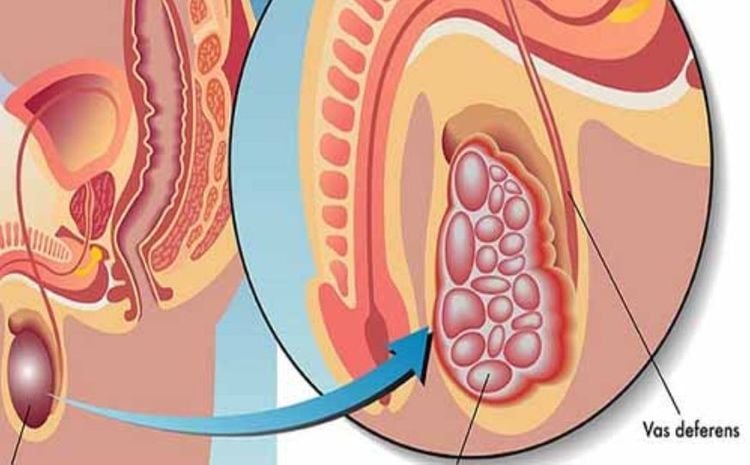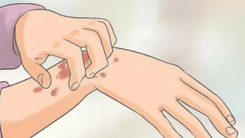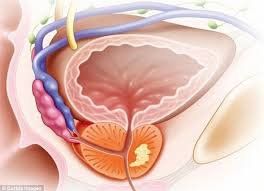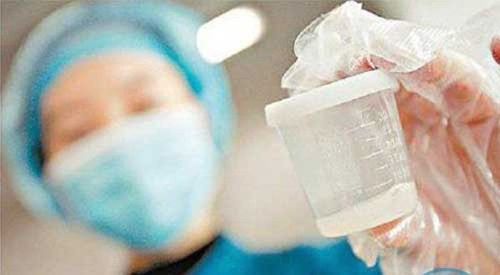Testicular calcification has a significant impact on men's reproductive health. Currently, testicular calcification can occur in both adult men and children. The disease needs to be detected early for treatment to avoid testicular calcification affecting sperm quality.
1. What is testicular calcification?
Testicular calcification is a condition in which calcium deposits and nodules appear in the testicles. This disease has no symptoms and does not progress, so patients often do not detect it until they feel pain in the scrotum and feel hard to the touch. Most patients detect the disease when having an ultrasound for other diseases.

2. Who is susceptible to testicular calcification?
Testicular calcification can occur in both adult men and children. The following subjects are at risk of the disease:
- Patients with early varicocele, vascular congestion, and testicular inflammation, leading to calcification over time.
- Patients infected with viruses and bacteria that affect the genitals, such as mumps, etc.
3. Is testicular calcification dangerous?
Many men with the disease worry about whether testicular calcification is dangerous and whether it leads to testicular cancer. However, testicular calcification and testicular cancer are not related to each other because calcification is a condition of semen inflammation, while cancer is a condition of tumors (mostly germ cell tumors) appearing in the testicles.

4. Diagnosis and treatment of testicular calcification
Testicular calcification causes pain and affects sperm quality as well as men's reproductive health. To diagnose the disease, doctors often use ultrasound, the results show that the calcified part is white.
To limit the impact of the disease on reproductive health, patients need to be detected and treated early. Accordingly, patients need to be examined and monitored periodically by a specialist to measure the volume of the testicles by ultrasound. At the same time, the doctor may also prescribe a semen test to assess sperm quality.
Testicular calcification is a relatively rare disease, but not only adult men but also young children can get the disease.












